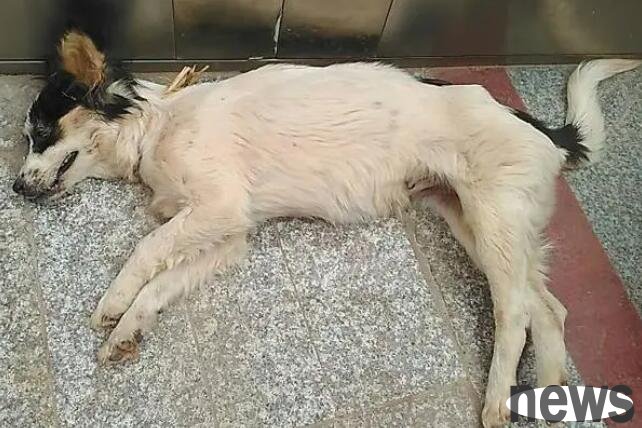Dogs sometimes have convulsions. Once a dog twitches, it will cause stiff limbs, panting, and even strokes in all limbs. Convulsions are a very bad pathology. In addition to the lack of convulsions caused by heatstroke, convulsions are generally caused by canine distemper, encephalitis, and epilepsy seizures. 1. Causes of dog convulsions 1. Heat stroke. It is common when dogs are active in strong sunlight, such as walking, training, and playing; dogs are kept in a closed room, in a dog cage, or in a car for too long, and heat stroke is caused by excessive temperature, poor ventilation, and lack of drinking water; dogs with obese body, heart disease, thick hair, and lack of exercise are also prone to heat stroke. 2. Poisoning. Such as rat poisoning and pesticide poisoning. 3. Canine hypoglycemia. This situation mainly occurs in puppies and female dogs. Puppies 3 months old often experience transient hypoglycemia (temporary hypoglycemia), which is mostly caused by cold, hunger or gastrointestinal disorders. The puppies show depression, unstable gait, convulsions in facial muscles, paroxysmal spasms throughout the body, and soon fall into a coma. Most female dogs are caused by excessive litter, increased nutritional needs and large-scale lactation after delivery, which are manifested as muscle spasms, strong gait, whole body ankylo or intermittent spasms, body temperature rises up to 41 to 42 degrees, and rapid breathing and heartbeat. 4. Canine distemper. This is a common infectious disease in dogs. 5. Postpartum spasm. It occurs most in small dogs, with lion dogs having the most incidence, especially in the first and second births, with more than 4 dogs with high lactation and high lactation, and the incidence rate of excitatory female dogs is the highest, accounting for about 90% of the total incidence. Those with less than 3 litters have fewer diseases.

6, Encephalitis, Meningitis. Inflammation of meninges and brain parenchymal due to infection or toxic factors, including various brain infections and encephalopathies. 2. How to deal with dog twitching? The most common cause of dog convulsions is epilepsy, the dog shows stiffness and convulsions, and the dog appears restless before the attack, which is mainly manifested as teeth gritting and chewing, lips contracting backwards, foaming in the mouth, failure and coma, incontinence, and leg kicking. When this happens, the dog owner must deal with it as follows. 1. Place the dog in a safe and comfortable place and keep it cool and quiet.

2. Cover with a blanket to avoid touching the ground, walls and other hard objects until the attack is relieved and prevent trauma. 3. When the dog is stiff, remove the mucus in the mouth and nose in time during the stiffness gap to keep breathing unobstructed. Remove feces and urine at the same time. 4. Give drinking water, but reduce the amount of food, so that the sick dog can rest in a quiet environment. And be sent to the hospital as soon as possible.
